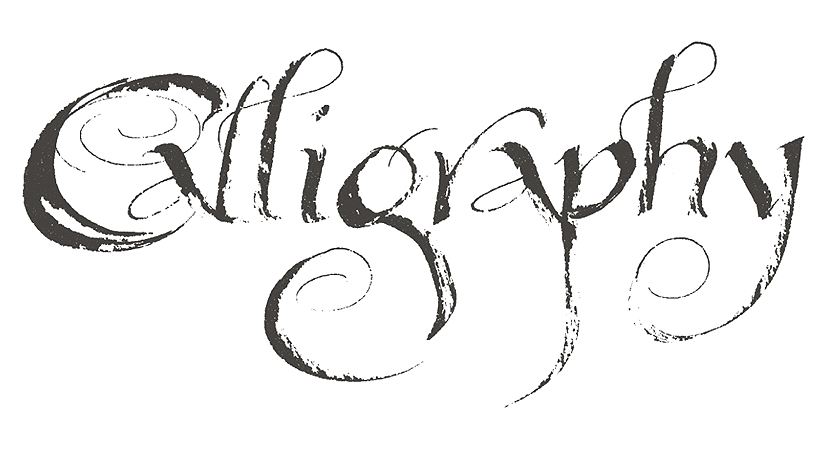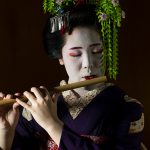Most of us will be familiar with the formal script often used for wedding invitations, certificates and official documents. It is an old art form that uses flat nibbed pens to create documents, perhaps most famously used in the production of the remarkable manuscripts created by monks during the Middle Ages. The illumination of the first letter of each page is still a recognised characteristic of Western calligraphy.
There are many distinct styles of calligraphy practiced in different parts of the world, influenced by the language, writing styles, art and culture of the region. The most well known styles are Asian, Chinese, Indian and Western. These all have their own individual characteristics and mediums, sometimes using brushes instead of pens.
As our working lives start to take up less and less of our time, we often find that we have the opportunity to explore creative pastimes and calligraphy is an ideal way to discover your artistic and creative side. One of the benefits is that you don’t need a specific room or location to do your work – calligraphy can be done anywhere where you can sit with pen, paper, ink and a table or writing slope. You can take as long as you like over a project and concentrating on your work can be very absorbing and therapeutic. It is a hobby open to all with the only real requirements being a willingness to learn and the ability to be patient! As with most things, practice makes perfect.
The equipment needed is surprisingly simple and relatively inexpensive and most exponents will confirm that it is easy to learn. Having said that, it does pay to invest in a good quality calligraphy kit. These are widely available from good hobby shops, traditional stationery shops, art suppliers and specialist suppliers.
The traditional art of “beautiful writing”, as it translates from the Greek, was quite prescriptive in how to form letters but modern calligraphy allows for much more freedom and the opportunity to add personal touches. You do not need to follow strict rules – you just need to be able to adapt your own style with guidance. Getting to grips with the way letters are formed and acquiring good pen control skills are key to becoming proficient at the art.
Calligraphy can be learnt anywhere at any time – you do not need a formal class; there are a number of on-line tuition sites available along with books by experts.
For those who prefer to meet with others with a shared interest, there are a wide variety of classes available across the country. These range from one-off day workshops giving the basic skills for using a dip pen along with the opportunity to use upper and lower case lettering, to longer courses that allow you to develop the skill and explore its potential. Details of local classes can often be found on library notice boards, in the local press or on-line. The Calligraphy and Lettering Arts Society (CLAS) website can facilitate the search for calligraphy classes by using their interactive map. Some calligraphers offer personalised one-to-one tuition. You may find that most classes cover Western calligraphy but there are books and tutorials on the Internet available for other styles.
By Annie Johnson



